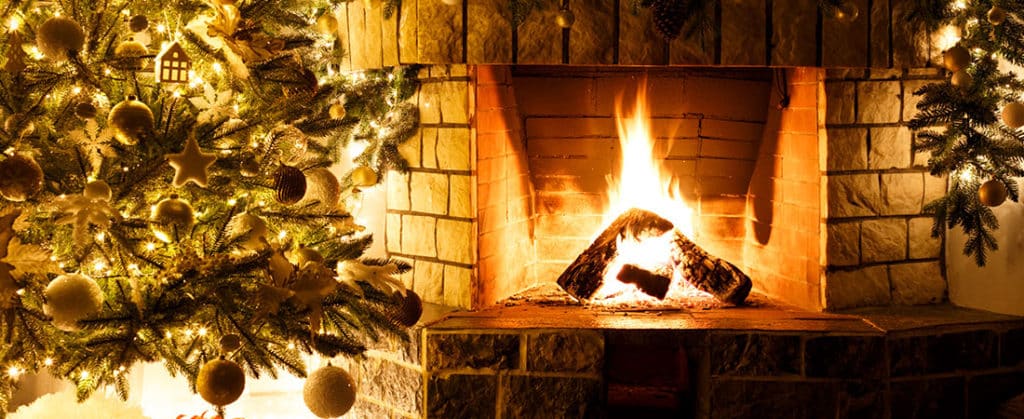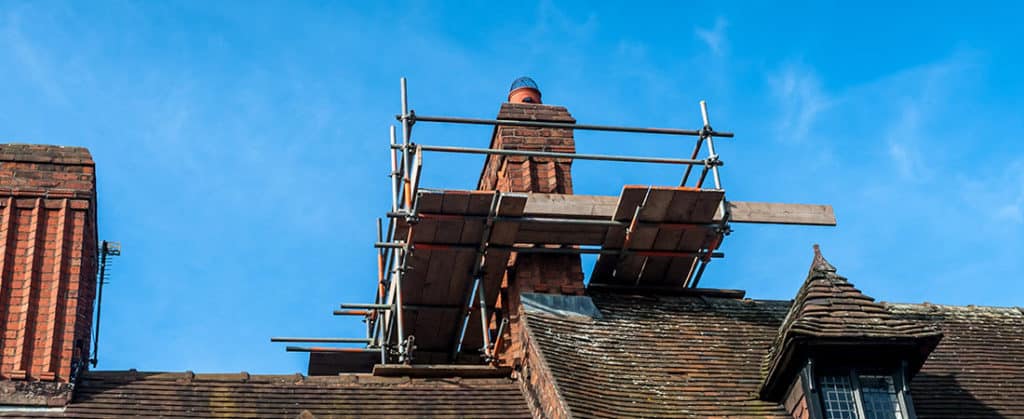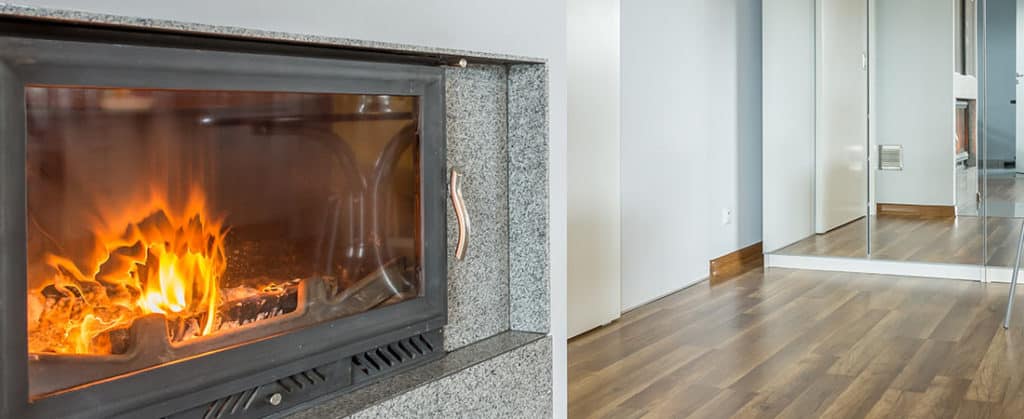It’s time to consider how to keep your home safe from chimney fires before the winter months arrive. By adhering to these recommended safety procedures will prevent chimney fires and lessen the creosote accumulating in your chimney flue.
Some of the things you need to do to avoid chimney fires in your home include:
Have your chimney inspected.
You should have your chimney inspected at least once a year. If you haven’t inspected your unit yet, it’s time to do it before the cold season begins.
Chimney inspection helps you look for damage and possible threats that could develop into larger issues later.
You can inspect the chimney by yourself, but let an expert help you for the best outcome.
The contractors you hire search for the following indications of damage:
- Breaks
- Chimney liner damage
- Shattered flue tiles
- Rubbish
- Faulty installation
In most cases, a chimney sweep will inspect your chimney while cleaning it, which saves you money. When you hire a contractor, don’t just assume that the service includes a free inspection. Always confirm this beforehand.
Of course, to save some money, hire a chimney sweep that offers a free cleaning service.
Clean the chimney
Routine chimney cleaning is the best way to avoid a chimney fire, although it is easy to forget it. The Chimney Safety Institute of America (CSIA) advises cleaning your chimney once a year to prevent fires and remove creosote accumulation.
To avoid fires, the walls of a chimney shouldn’t ever have more than 1/8 inch of creosote accumulation on them.
Before using your fireplace, make an appointment for professional chimney cleaning when you discover a thick creosote.
Some homeowners try to clean the chimneys by themselves. While nothing is wrong with this, you should note that chimney cleaning can be unpleasant and even dangerous when you do it the wrong way.
For peace of mind that the task is done effectively and safely, hire a professional chimney sweep to do the work. Chimney sweeps possess the knowledge and tools necessary to complete the job successfully.
Ensure your chimney is ash-free
Charred timber and gray ash are the common remnants of fires. Besides making your chimney look unkempt, your risk of a chimney fire rises if you leave heaps of ash in your fireplace.
When you light a fire in an ash-filled fireplace, the ashes rise to the top and adhere to your flue liner, generating more creosote, which increases the chances of a chimney fire.
Furthermore, chimneys covered in ash retain smoke and dangerous gases like carbon monoxide, which puts your family at risk of death.
To prevent this from happening, sweep the ash from your fireplace once the fire has gone out and it is cool to the touch.
It’s always recommended that you wait a few days to ensure no hot embers are left before you dispose of the ashes. After that, you can either dispose of the ashes per your local laws or use them as fertilizer in your garden.
Unlike chimney cleaning and inspection, you don’t need to hire a professional to help remove the ash. You can always do it by yourself. You are good to go as long as you have the necessary tools and properly dispose of it properly.
Burn the right wood.
The kindling you use greatly affects the amount of creosote your chimney produces and the efficiency with which a fire burns.
Due to this, you need to be cautious and ensure that you always burn the best firewood.
To choose the best firewood, consider the following advice:
- Consistently burn seasoned, dry wood. Seasoned wood produces fewer toxic byproducts and burns more efficiently.
- If the wood in your fire is wet, forgo it. Smoke and creosote are produced when damp wood is burned.
- Avoid burning driftwood. This is because driftwood’s salt content weakens a chimney’s structural integrity.
- Don’t use evergreen wood. This is because more smoke is produced when evergreen wood is burned.
- Use wood floors. Select hardwoods as opposed to softwoods. Hardwoods stay longer, burn hotter, and release less creosote.
Always strive to build a proper fire regardless of the wood you use. Put the bigger logs in the fireplace at the bottom and the smaller ones on top. To get the fire started, use kindling or fire starters. Keep in mind that packing the fireplace too full with wood will impede airflow, so be cautious with the amount of wood you use.
Install a chimney cap.
A chimney fire can start from debris in your chimney, which is dangerous. To prevent this from happening, you should install a chimney cap.
Chimney caps are like little roofs that cover the aperture of your chimney. They deflect debris and let smoke and dangerous gases out, preventing chimney fires and keeping your family safe.
Chimney covers shield your fireplace from animals and garbage and stop sparks from lighting a fire on your land.
In some cases, they trap animals, which can work against you. If you think there may be birds or other wildlife trapped in your chimney, give a professional animal removal specialist a call so that they can look into the issue.
Install a flue liner.
Your chimney’s inside walls are insulated by flue liners composed of metal or ceramic. Installing a stainless steel flue liner tolerating extremely high temperatures will yield the best results.
When it comes to curbing chimney fires, flue liners play a major role in trapping and directing heat and combustion byproducts away from the interior walls of the chimney, where creosote buildup might ignite.
To provide adequate combustion and the evacuation of smoke and gases from the chimney, flue liners aid in maintaining a constant and effective draft in the chimney. This lessens the possibility of smoke entering your home and helps minimize backdrafts.
For peace of mind that your flue liner is installed correctly and will work properly, have it installed by experienced chimney contractors Upper Marlboro who know what they are doing.



